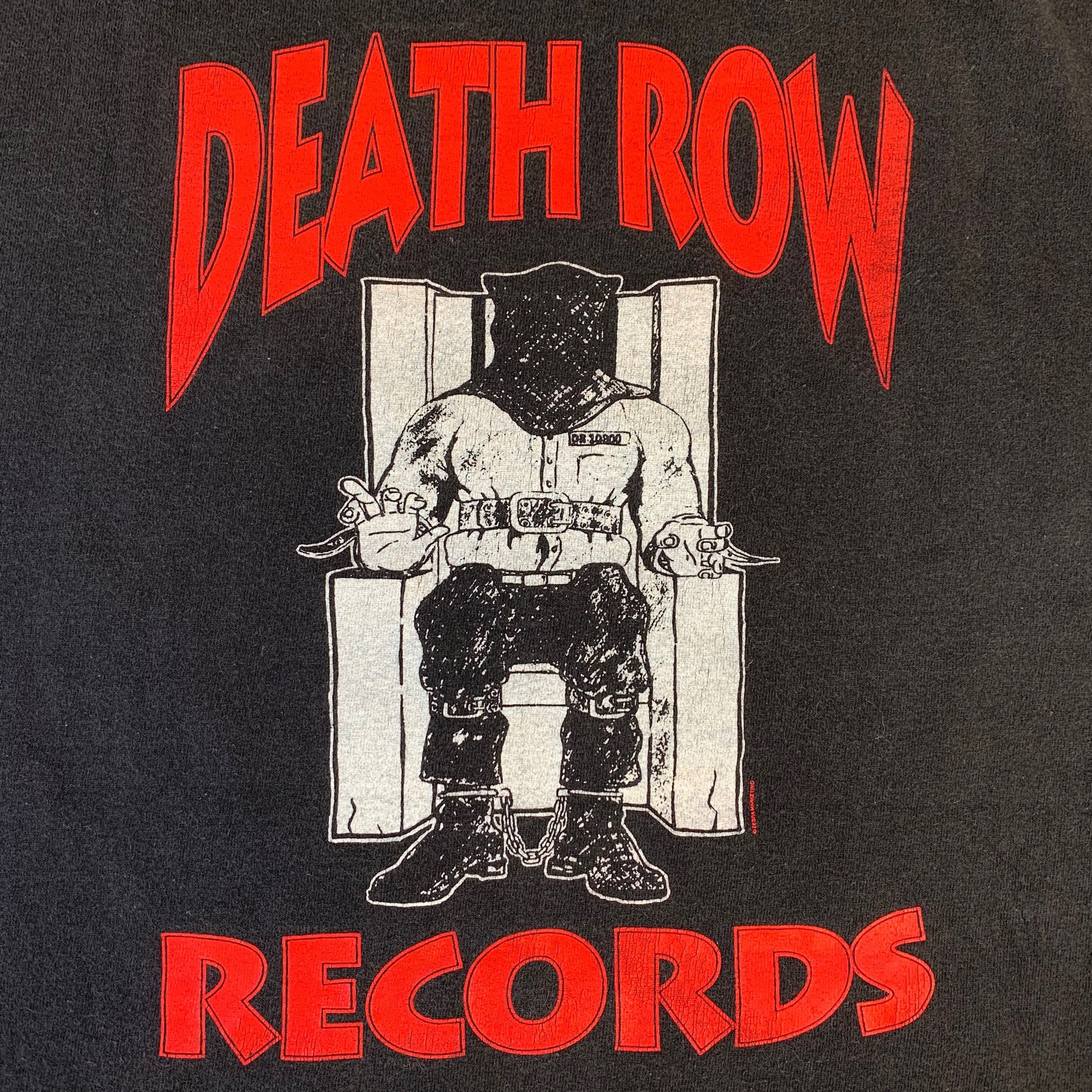

While it is still helpful to have the name and approximate date of death, rather than the location of the death you should try to discover the person’s religious denomination. Searching for a death certificate in Scotland or Northern Ireland is slightly different.
#Death records full
You can also find full sets of the IRN on microfiche at the larger libraries. If you need to find the IRN, many of the deaths between 1837 and the early 1960s have been transcribed and are available online. Keeping in mind that the GRO has tens of millions of death certificates, knowing the IRN will make your search considerably easier and faster. Each certificate is assigned an Index Reference Number (IRN). The second set of death certificates, for England and Wales, are kept at the General Register Office (GRO). If you know exactly where the death you are researching took place, it may be much easier to start with the local office as they will have far fewer certificates to search through. The original is held by the local register office where the death occurred. Two sets of Death Certificate indexes exist in the UK. As such, your search may prove a great deal easier. After 1837, information began to be collected on a national basis.

Your best bet is to start with the local parish records of where the deceased is buried if you know. If you are searching for a death that occurred in England or Wales before July 1837, no central record was kept. Once you have that information, there are several ways for you to track the death record. Before you begin to search, it is helpful to have the name of the person for whom you are searching, the approximate date of death, and where in the UK that person died. Finding the death record of someone who died in the UK can be relatively straight forward or it can be challenging.


 0 kommentar(er)
0 kommentar(er)
